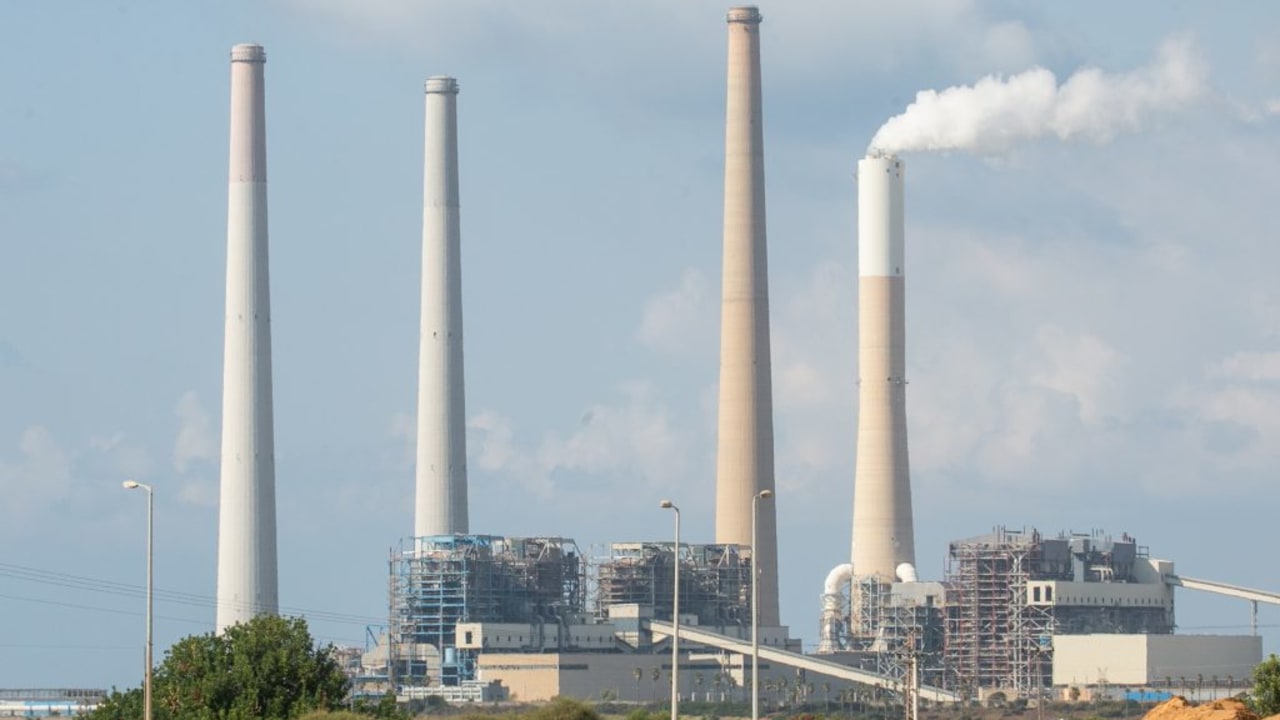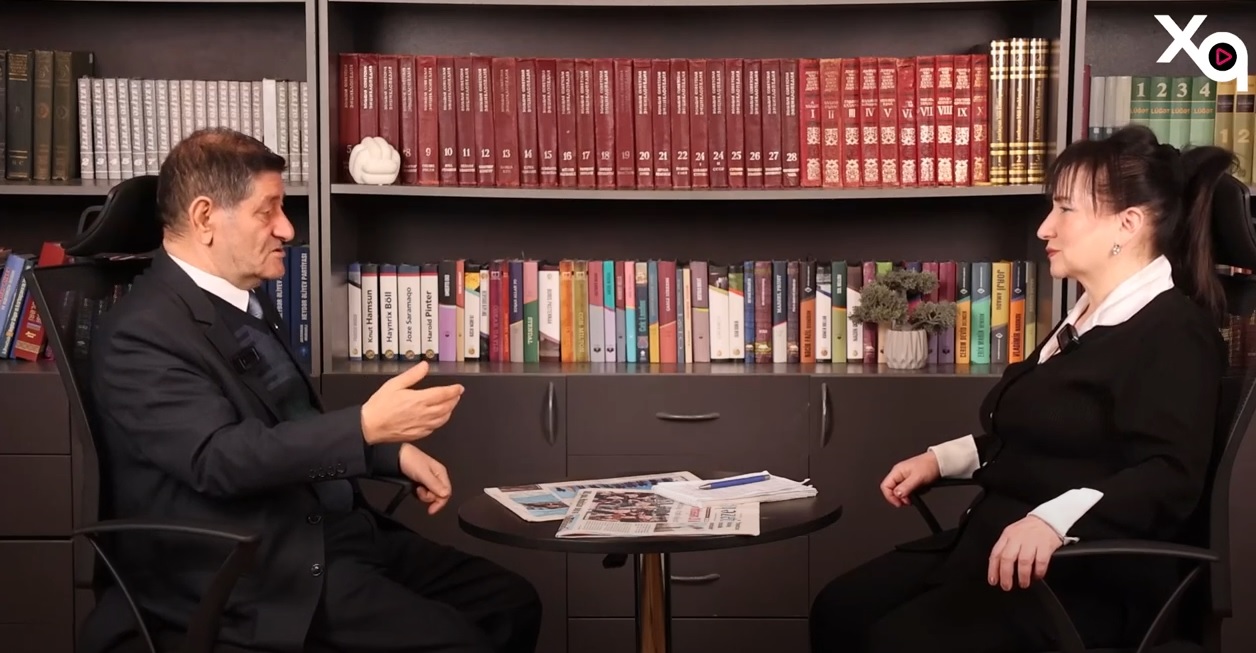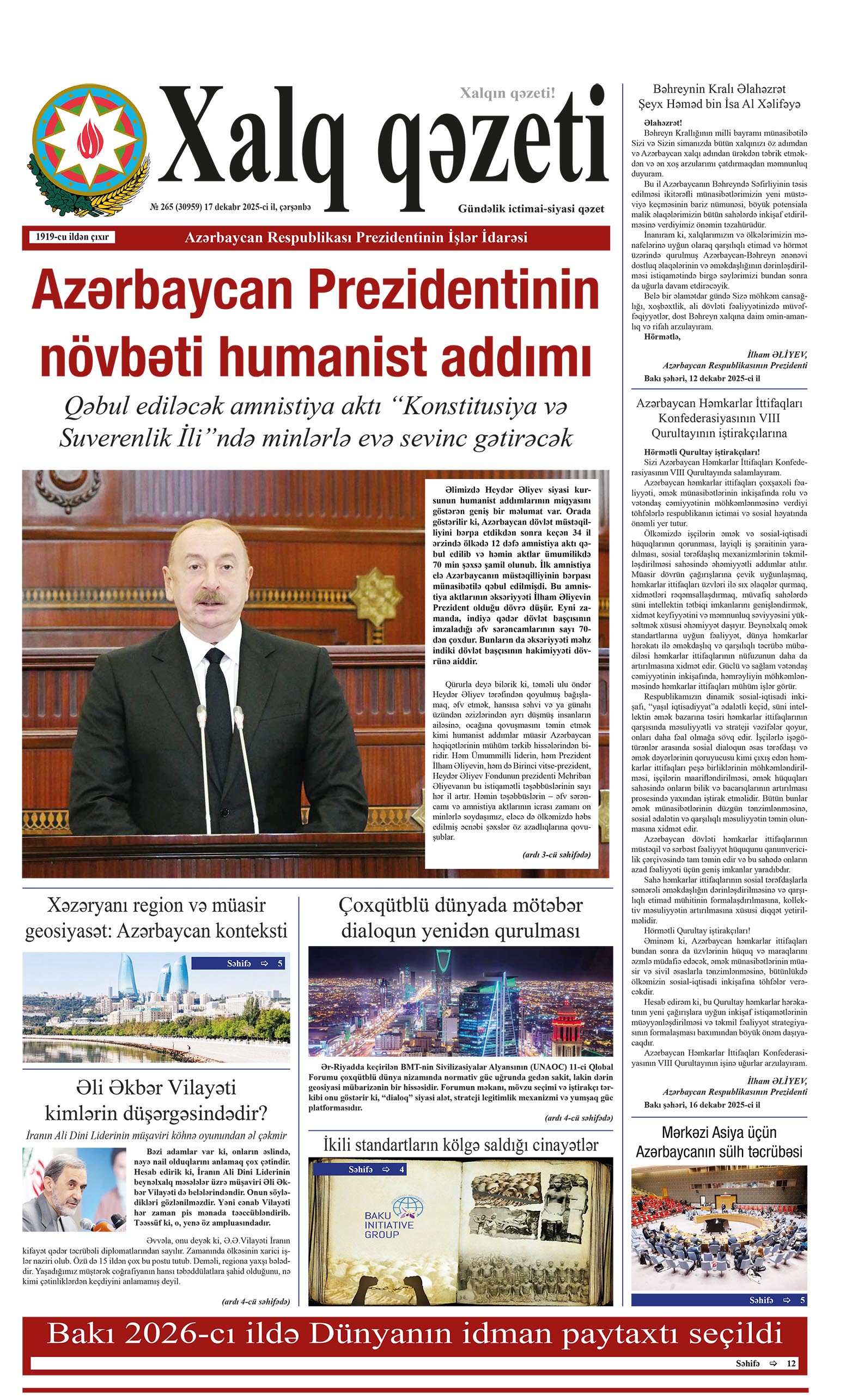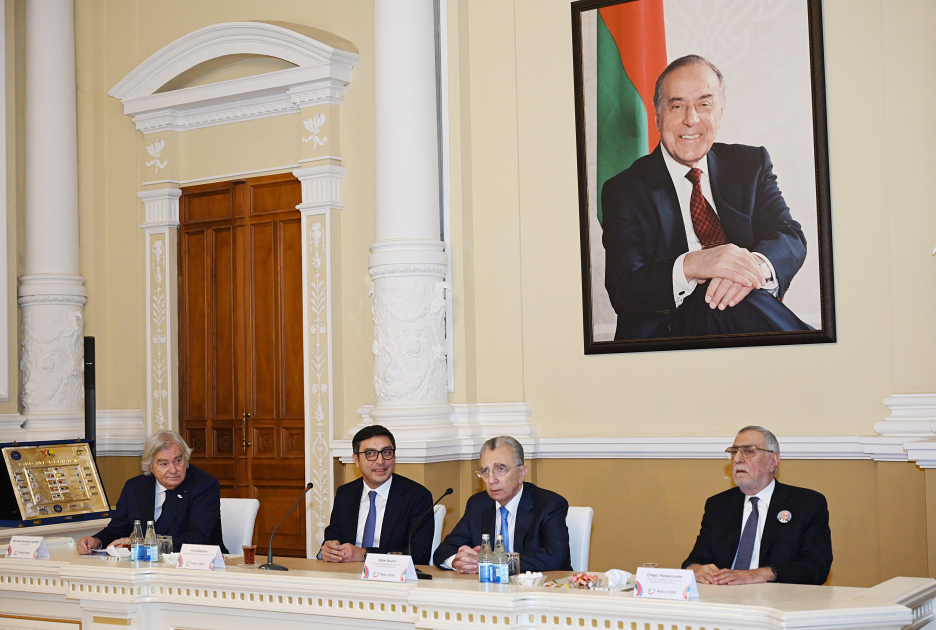ByJERUSALEM POST STAFF
Visitors can enjoy a rare window before lighter west-side scaffolding returns next month, with complete clarity promised again after summer 2026.
Tourists reaching the Acropolis now face a Parthenon freed of the metal lattice that had shrouded its western face for about 20 years; workers dismantled the last pieces of scaffolding in late September 2023 after an extended conservation campaign, reported the Independent.
“It is like they are seeing a different, a completely different monument,” said Greek Culture Minister Lina Mendoni, according to the Independent. She added that this was the first time in roughly two centuries that the temple’s exterior could be viewed without any supporting frame.
The clear view will last only a few weeks. Conservators plan to erect new, slimmer scaffolding on the west façade within a month. The upcoming frame “will be lighter and aesthetically much closer to the logic of the monument,” said Mendoni, the Independent noted. The Swiss daily Tages-Anzeiger wrote that the redesigned structure “will not impair the aesthetics of the temple as much.”
The western side offers the most visible street-level perspective of the Parthenon, so earlier scaffolding often dominated visitors’ photographs. With the frame gone, that vantage point now shows the Doric columns unobstructed.
Tages-Anzeiger advised travelers not to delay booking solely to see the temple entirely free of scaffolding because the next construction phase will begin soon and continue for about two and a half years, with completion expected in early summer 2026, the Independent reported. Mendoni promised that when this phase ends “people will be able to see it truly free,” according to the Independent.
The Acropolis remained Greece’s most-visited site; 4.5 million people entered the citadel in 2024, the Independent wrote. For many, the brief interval without scaffolding offers a view denied to earlier generations.
The Parthenon, built in the mid-fifth century BCE and dedicated to Athena, has endured war, pollution, and time yet still serves as a touchstone of classical architecture. Site managers urged visitors to enjoy the short window before the new scaffold rises; even then, the lighter frame should leave much of the newly restored view intact, reported Tages-Anzeiger.

















.png)


